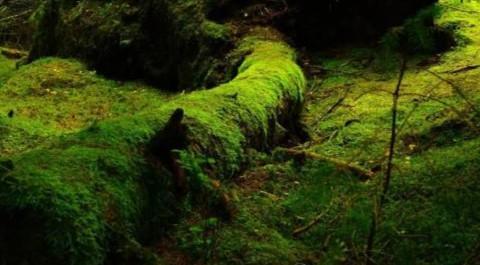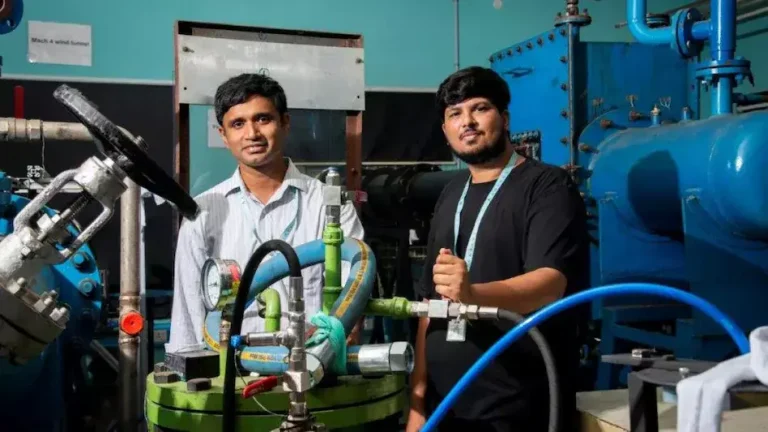
Study finds moss spores survive 9 months in outer space
In a groundbreaking study published in the iScience journal, researchers have made a remarkable discovery that has significant implications for the possibility of establishing life beyond Earth. The study, which was conducted by a team of scientists, revealed that moss spores can survive in outer space for an astonishing nine months while affixed to the outside of the International Space Station. What’s even more remarkable is that these spores were able to reproduce as usual when they were eventually returned to Earth.
The study’s researchers used a specialized container to expose the moss spores to the harsh conditions of outer space, including extreme temperatures, radiation, and lack of gravity. The spores were attached to the outside of the International Space Station, where they were exposed to the vacuum of space for nine months. During this time, the spores were subjected to intense radiation, including cosmic rays and solar flares, which would be lethal to most living organisms.
Despite these extreme conditions, the moss spores were able to survive and even thrive. When the spores were returned to Earth, the researchers found that they were able to reproduce as usual, producing healthy offspring. This is a significant finding, as it suggests that moss spores could potentially be used to establish basic ecosystems beyond Earth.
The study’s researchers believe that moss spores could play a key role in the establishment of life on other planets. “Such spores could one day contribute to establishing basic ecosystems beyond Earth,” said one of the study’s researchers. “Mosses are simple, non-vascular plants that are able to thrive in a wide range of environments, making them ideal candidates for space exploration.”
The ability of moss spores to survive in outer space has significant implications for the search for life beyond Earth. If moss spores can survive for extended periods in space, it’s possible that other forms of life could also exist on other planets or moons in our solar system. The study’s findings also suggest that it may be possible to use moss spores as a way to establish a basic ecosystem on another planet, which could potentially support more complex forms of life.
The study’s researchers used a variety of techniques to analyze the moss spores, including microscopy, spectroscopy, and genetic sequencing. These techniques allowed the researchers to study the spores in detail and determine how they responded to the extreme conditions of outer space.
The study’s findings have significant implications for the field of astrobiology, which is the study of the origin, evolution, distribution, and future of life in the universe. The discovery that moss spores can survive in outer space for extended periods suggests that life may be more resilient than previously thought, and that it may be possible to find life on other planets or moons in our solar system.
The study’s researchers are already planning to conduct further research on the ability of moss spores to survive in outer space. They plan to expose the spores to even more extreme conditions, including higher levels of radiation and longer periods of time in space. They also plan to study the genetic changes that occur in the spores as a result of their exposure to space, which could provide valuable insights into the evolution of life on other planets.
In conclusion, the study’s findings are a significant breakthrough in the field of astrobiology and have major implications for the search for life beyond Earth. The discovery that moss spores can survive in outer space for nine months and still reproduce as usual when returned to Earth is a remarkable one, and it suggests that life may be more resilient than previously thought. As we continue to explore the universe and search for life on other planets, the study’s findings provide new hope that we may one day find evidence of life beyond our planet.
The full study can be found at: https://www.cell.com/iscience/fulltext/S2589-0042(25)02088-7
News Source: https://www.cell.com/iscience/fulltext/S2589-0042(25)02088-7






